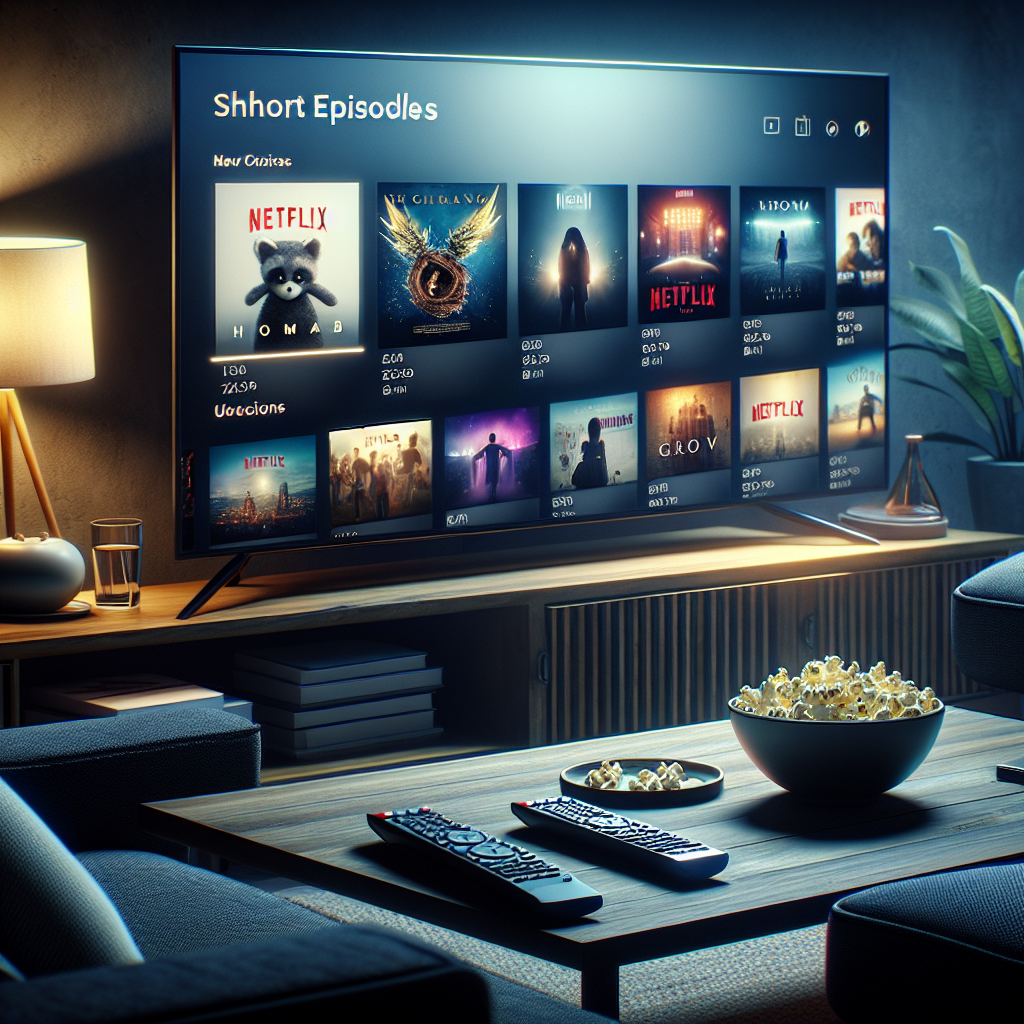Introduction
In recent years, the format of streaming shows has seen a notable shift towards shorter episode lengths and more concise seasons. This trend is evident across major streaming platforms such as Netflix, Hulu, and Amazon Prime. But why streaming shows are getting shorter is a question that involves multiple layers of economics, technology, and viewer behavior.
Economic Factors Driving Shorter Shows
One of the primary reasons behind shorter streaming shows is economic efficiency. Producing shorter episodes allows streaming services to cut down on production costs while increasing the number of series they can offer. This strategy not only helps in retaining subscribers by providing a wider variety of shows but also in attracting new subscribers who are looking for diverse and quick content options.
Budget Allocation and Production Costs
Shorter episodes translate directly into lower production costs. Fewer shooting days and less post-production work mean savings on everything from actor salaries to location fees. Additionally, by allocating budgets across more series, platforms can mitigate risk, giving them the flexibility to experiment with new genres and storylines without a massive financial commitment to each project.
Changing Viewer Preferences
The shift in episode length also mirrors changing viewer habits. In an age where many people binge-watch shows, shorter episodes make it easier for viewers to consume an entire season in one sitting. This format caters to the modern viewer’s preference for quick, engaging content that fits into increasingly busy lifestyles.
The Role of Mobile Consumption
With more people watching shows on mobile devices, shorter episodes are naturally more appealing. Mobile viewing typically happens in shorter bursts, during commutes, lunch breaks, or other fleeting downtime. Therefore, why streaming shows are getting shorter can also be linked to the growing trend of mobile consumption.
Strategic Content Release and Competition
Streaming platforms are also experimenting with different release strategies to maximize engagement. Releasing shorter episodes at a more frequent pace keeps viewers coming back and can help maintain a buzz around the show over a longer period. Moreover, in a competitive streaming market, having a larger catalog of shows, even if they are shorter, can be a significant advantage.
Viewer Engagement Metrics
Streaming services closely monitor viewer engagement metrics, which influence decisions about show formats. Data analytics can show a preference for shorter content, prompting platforms to adapt their offerings accordingly. This data-driven approach helps platforms tailor their content strategies to match viewer preferences, enhancing subscriber satisfaction and retention.
Conclusion
The trend towards shorter streaming shows is influenced by a combination of economic factors, technological advancements, and changes in consumer behavior. As platforms continue to innovate and adapt to the fast-paced entertainment environment, viewers can expect more variations in how content is produced and delivered. This evolution in content delivery reflects the dynamic nature of the streaming industry, ensuring it remains aligned with the needs and preferences of its audience.
In summary, the move to shorter streaming shows is a strategic response to the economic realities of production, the competitive nature of the streaming market, and the evolving preferences of viewers worldwide.


